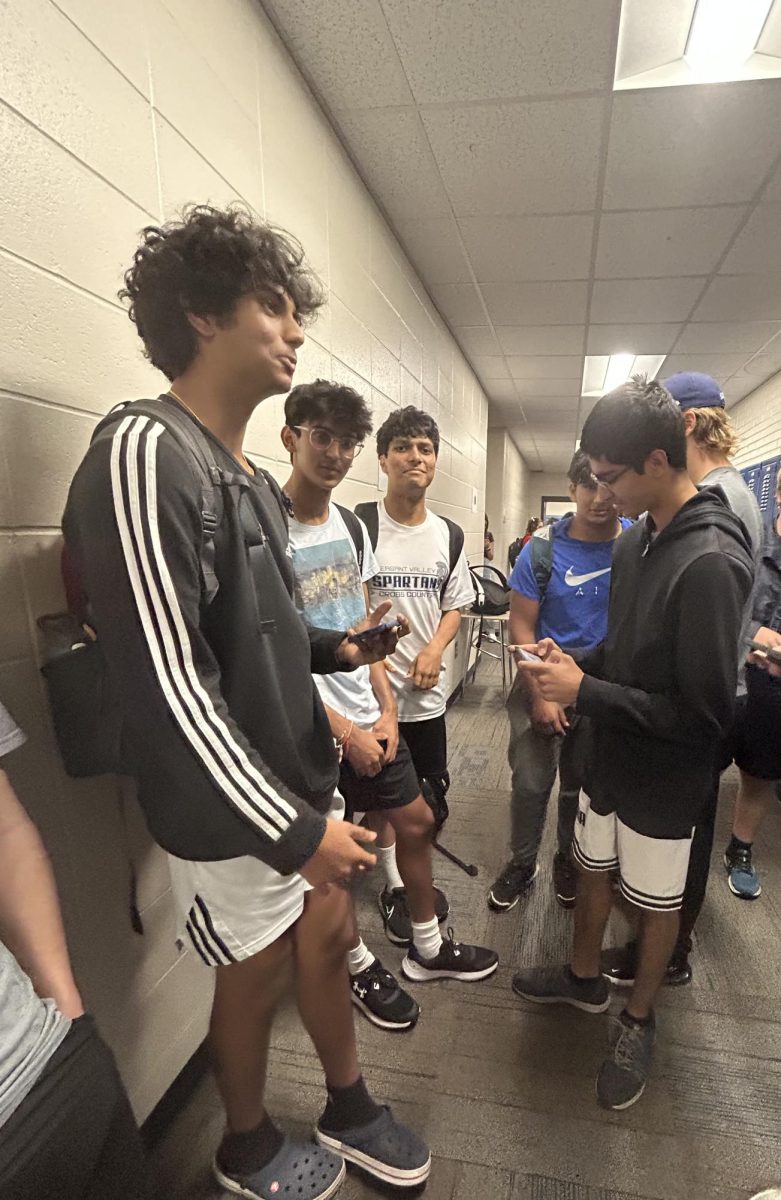Eleven thousand dollars.
That is the price tag of an Indian woman’s life per the revolting words of police officer Daniel Auderer.
But not just any life.
On January 23, 23-year-old Jaahnavi Kandula was killed by a speeding police vehicle. She had recently traveled to the United States from Andhra Pradesh, India to complete her master’s degree at Northeastern University.
Auderer was the first to respond to the scene, however, his insensitive reaction sparked a wave of indignation. “Yeah, just write a check… She had limited value,” he remarked. The sheer impertinence of a soul demonstrates the need for reform in both systematic and casual racism in the United States.
Kandula’s life was precious. Tragically cut short, her story subsequently serves as an emblem for injustice in South Asian communities. Auderer, however, took Kandula’s story and materialized it. He gave her life a monetary value.
Pleasant Valley High School’s sophomore Siddhi Bharadwaj heard about Justice for Jaahnavi and expressed her sorrow for the state of discrimination against South Asian Americans: “Every life is valuable, and everyone should be equal. Bias can overpower righteousness and lead to discrimination towards people who are different.”
Unfortunately, Kandula’s case is one of countless examples of overt and concealed prejudice in the USA.
Casual racism exists throughout the nation, however, it exists frequently among student populations. Pleasant Valley High School has the most Asian students compared to any other minority group. However, the issue revolves around the dismissal or acceptance of racist remarks by the student population.
Cross country coach and gym teacher Jane Wheeler experiences this form of behavior, second-hand, everyday. “At PV, I notice ‘subtle’ racism like slurs, jokes or comments that kids think are funny or don’t matter. But when students of color have to endure it everyday and be expected not to react, it takes a toll on them,” she said.
Although these microaggressions are not as violent as what Kandula experienced, it is essential to spread awareness to minimize any form of racism. From asking where someone is ‘really from’ or using the phrase ‘your people’ to feeding into negative stereotypes, subtle racist comments are just as dangerous.
Hurtful and targeted comments by others perpetuate self-hate and resentment toward one’s race or culture. In response, students of color tend to engage in the same behavior and taunt and insult members of their own race, or even themselves.
Senior Laksh Vashisht is exposed to this internalized racism almost everyday in school and within his friend group. “I know I’m guilty of it as well, but hearing racist comments and ‘jokes’ is almost routine now, especially among Indian kids. They call each other curry munchers or label someone as smelly, just because they are Indian,” he said.
As other students start to be exposed to this form of self-racism, they believe it is normal and become comfortable making ‘jokes’ similar to the South Asian population.
And thus the cycle of racism continues.
Bharadwaj further expressed the root of the issues of discrimination and violence toward Asian people. “Lack of action fueled by hatred towards Asians is often caused by lack of sensitivity and understanding,” she voiced.
People must acknowledge the need for reform concerning South Asian hate and prejudice. By further sensitizing education and calling out injustice, America can prevent further pain and violence against racial groups.









